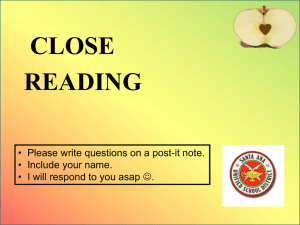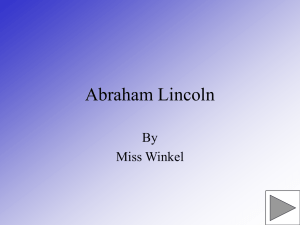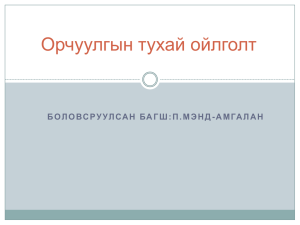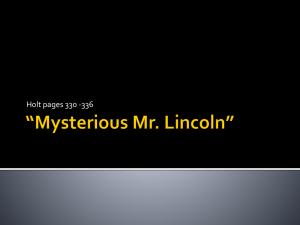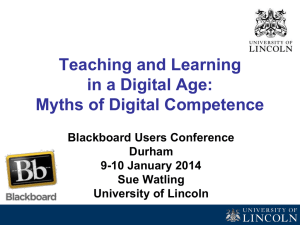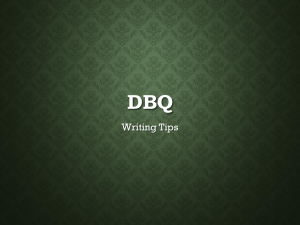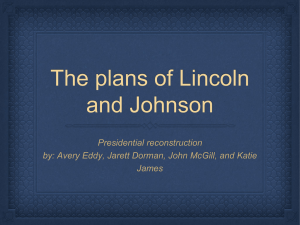Close Reading - Cattaraugus-Little Valley Central School
advertisement
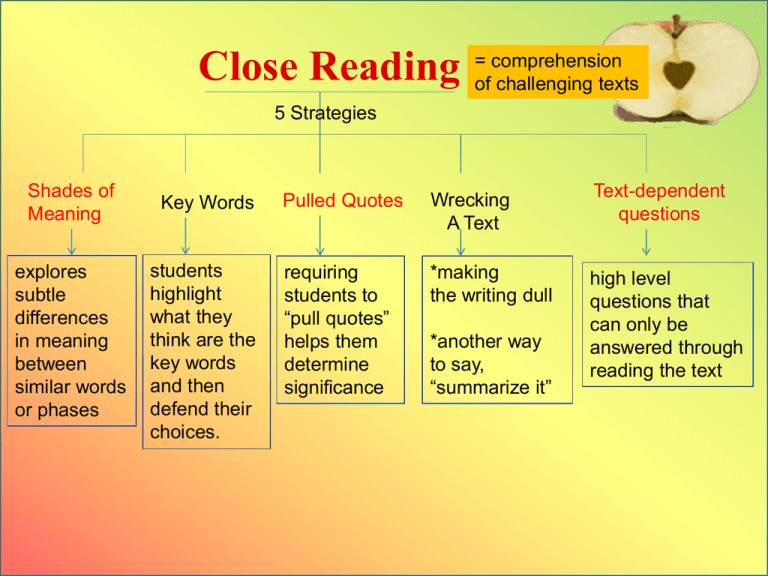
Close Reading = comprehension of challenging texts 5 Strategies Shades of Meaning explores subtle differences in meaning between similar words or phases Key Words students highlight what they think are the key words and then defend their choices. Pulled Quotes Wrecking A Text Text-dependent questions requiring students to “pull quotes” helps them determine significance *making the writing dull high level questions that can only be answered through reading the text *another way to say, “summarize it” SHADES OF MEANING Explore small, subtle differences in meaning between similar words or phrases •Read a list of words carefully •Put them in order according to their meaning •Ask yourself -Which word has the strongest meaning? Which word has the weakest meaning? •Write the weakest word first Strategies for Close Reading Example of “Shades of Meaning” in a Close Read Put these words in order from: LEAST Destructive to MOST Destructive Calamitous Catastrophic Damaging Deadly Dire Harmful Ruinous Be ready to explain your choices. KEY WORDS • Allows readers to locate the center of a piece of writing • Students can highlight key words. • Read Let Evening Come *Identify one or more words you consider to be central to the meaning of the poem. *Be prepared to explain your choices. *Why do you think the author chose this word instead of another? *How does this word capture the centrality of the text? Strategies for Close Reading Key Words Allows readers to locate the center of a piece of writing Students can highlight key words. Read Let Evening Come 1) Identify one or more words you consider to be central to the meaning of the poem. 2) Be prepared to explain your choices. 3) Why do you think the author chose this word instead of another? 4) How does this word capture the centrality of the text? Let Evening Come Let the light of late afternoon shine through chinks in the barn, moving up the bales as the sun moves down. Let the cricket take up chafing as a woman takes up her needles and her yarn. Let evening come. Let the fox go back to its sandy den. Let the wind die down. Let the shed go black inside. Let evening come. To the bottle in the ditch, to the scoop in the oats, to air in the lung let evening come. Let it come, as it will, and don't be afraid. God does not leave us comfortless, so let evening come. Jane Kenyon Pull a Quote asks students to determine the significance of something they read. WRECKING A TEXT •Highlighting the choices the author makes in the text. •Then Mr. Fox chose three of the plumpest hens and with a clever flick of his jaws he killed them instantly. (RoaldDahl) •How could you rewrite this sentence? How does your word choice change the meaning? Why do you think Dahl made the word choices he did? Strategies for Close Reading Text Independent Text Dependent The overarching problem with these questions is that they require no What is the little red hen planning? Why did the North fight the civil familiarity at all with Lincoln’s speech in war? Have you ever been to a funeral or order to answer them. Responding to these sorts of questions instead gravesite? requires students to go outside the text. Lincoln says that the nation is dedicated to the proposition that Such questions can be tempting to ask “all men are created equal.” Why is because they are likely to get students equality an important value to talking, but they take students away promote? from considering the actual point What just happened? Lincoln is making. They seek to elicit a personal or general response that relies How does the hen feel about others’ on individual experience and opinion, response to her request for help? and answering them willso? not move What makes you think students closer to understanding the How does the author help us text of the “Gettysburg understand what a mill Address.” is? Text Independent Good text dependent questions will often Havelinger you everover eaten freshly baked specific bread? phrases and sentences How do you feel when you ask for to ensure careful others for help and they don’t help? comprehension of the help What istext—they your favorite animal? students see something Who in your life works really hard? worthwhile that they How might you help him or her? would not have seen on a moreour cursory Remember trip to thereading. high school Have you ever seen a hen? farm? What animals did we see? Text Dependent In the first sentence, what does Lincoln tell us about this new nation? What is he saying that is significant about America? Is he saying that no one has been free or equal before? So what is new? (Beyond what students may or may not know about the Declaration of Independence) what does Lincoln tell us in this first sentence about what happened 87 years ago? Who are “our fathers”? What can we know about “our fathers” from this sentence? What impact does starting the sentence with “now” have on its meaning? When Lincoln says the nation was “so conceived and so dedicated” what is he referring to? Close Reading Tips • Use a short passage. • Read with a pencil. • Note what is confusing. • Pay attention to patterns. • Give students a chance to struggle a bit. Close Reading Task • Choose a section of text you will be covering. • Choose 1 or 2 of the close reading strategies to use with the text. • Design the lesson. • Create some text-dependent questions to accompany the passage.
